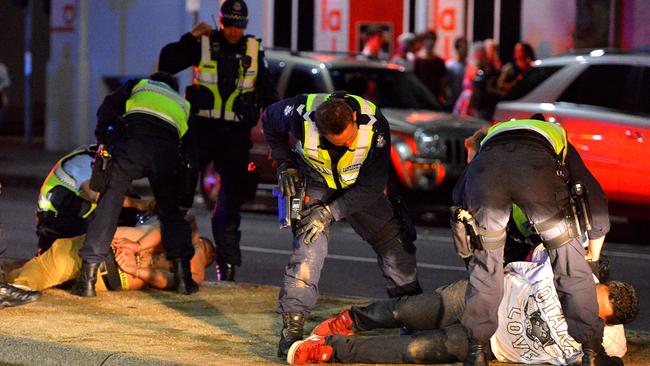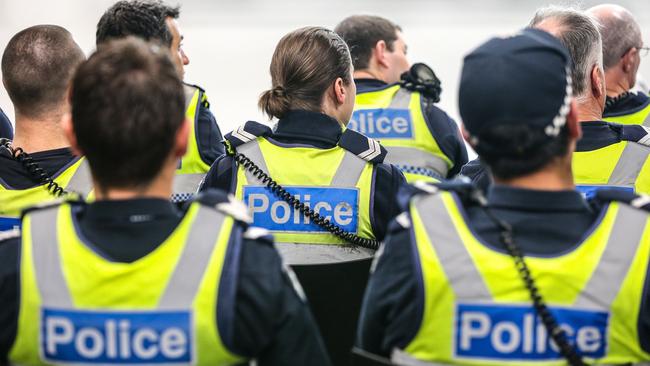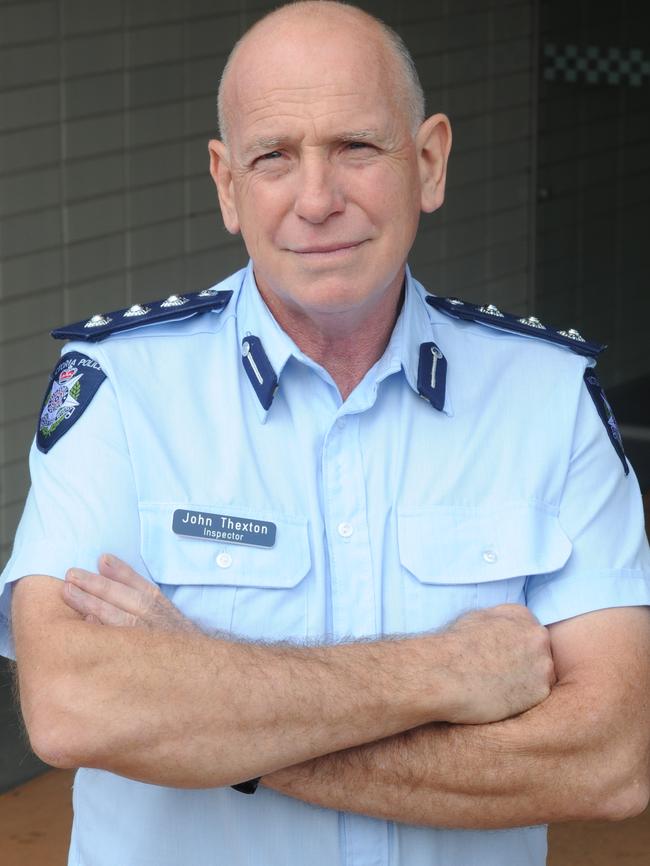Lack of frontline police behind Victoria’s violent crime wave, former top cop says
POLICE are failing fearful Victorians by not putting enough officers on the front line, one of the state’s former top cops says.
Law & Order
Don't miss out on the headlines from Law & Order. Followed categories will be added to My News.
POLICE are failing fearful Victorians by not putting enough officers on the front line, one of the state’s former top cops says.
Gary Jamieson, a former assistant commissioner, said the state’s wave of car-jackings and home invasions was a consequence of a lack of commitment to local policing.
The Police Association and former and serving officers, as well as the State Opposition, have echoed Mr Jamieson’s concerns about resourcing.
“Local police have been largely forgotten, particularly in the new and emerging growth suburbs surrounding Melbourne,” Mr Jamieson writes in the Herald Sun.
He said it was critical for public confidence that the police force was as well supported as possible.
“If the public knew and understood just how few police were available for active service at police stations and local enforcement units, they would be horrified,” he said.
John Thexton, a former inspector, said the force had also ditched a number of youth crime initiatives in the past decade.


“It is clear we need a significant increase in police numbers in order to provide better services in prevention,” he said.
Mr Jamieson said the seconding of officers from local areas to work on “reactive” single-issue taskforces had worsened the resourcing problem.
RELATED: Taskforce cracking down on young criminals
Youth crime summit: Ways to tackle issues
Mr Jamieson said: “The police at local police stations and detective units feel the pressure of an overwhelming and relentless workload as crime after crime, incident after incident, affects their ability to respond.”
He said cuts to support staff had forced many officers to spend more of their time on administrative tasks.
Police Association secretary Ron Iddles said booming growth corridors in outer Melbourne areas, such as Casey, Melton, Wyndham and Craigieburn, were desperately short of police.
“It’s no coincidence that there has been a big spike in family violence and drug-related crime in these areas, when the population is going through the roof and police numbers are effectively going backwards,” he said.

“The police-to-population ratio in these growth areas is around half of what it is in the rest of the state. This is not good enough. Our members stationed in these areas are telling us they’re at breaking point. To say they’re overworked and under-resourced is an understatement.”
He said boosting frontline numbers would allow officers to engage with disaffected youth and respond to crime in a more timely fashion.
“One way we can have more police on the front line is to review the number of taskforces,” he said.
“The pendulum has swung too far in favour of taking members off the front line and into taskforces. This needs to be wound back and a more ‘back-to-basics’ approach adopted,” he said.
One veteran senior officer said the demands on outer-suburban police had never been greater.
“It’s scary out there,” the investigator said.
“You’ve got jobs happening and no units to go to them. Ice has changed policing altogether. People will go (attack) you.”
Opposition police spokesman Ed O’Donohue said the rapidly expanding City of Casey, part of which is in his electorate, had fewer officers than two years ago despite a huge increase in crime.
Sara-Jane Delaney, on behalf of Victoria Police, said the total number of “operational police” had risen since 2014 and was consistent with other states.
